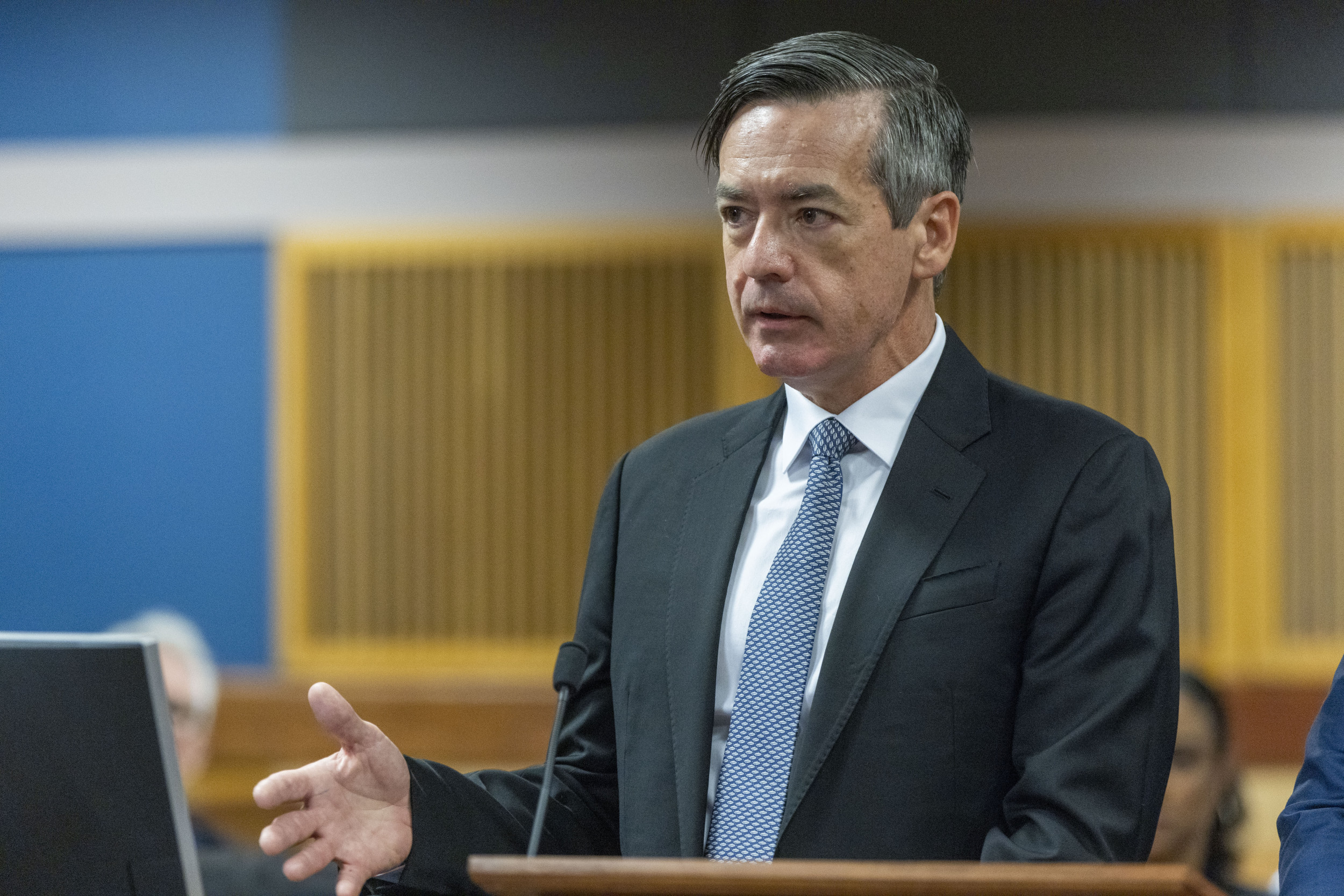London's Great Ormond Street Hospital (GOSH) announced on Thursday that a world-first gene-editing technique had been used to successfully treat a one-year-old with an aggressive form of leukemia.
Doctors used genetically edited donor immune cells, which targeted the blood cancer while staying under the radar within the patient's body so they were not destroyed by cancer-fighting drugs. Prior to this case, the treatment had only been trialed on mice.
What was the diagnosis?
Layla Richards, from London, was diagnosed with Infant Acute Lymphoblastic Leukemia (ALL) at just seven weeks old; doctors described the disease as "one of the most aggressive forms of the disease" they had ever seen, the GOSH statement said. According to Macmillan Cancer Support, one-third of all childhood cancers are leukemia, and 75 percent of these are cases of ALL. Dr. Matt Kaiser, head of research at the blood cancer charity Bloodwise, says that the survival rate for children under one with ALL is just 25 percent.
After chemotherapy and a bone marrow transplant failed to cure Layla's leukemia, her family were advised to consider palliative care. However, the family asked doctors to pursue the experimental treatment, which required emergency approval from an ethics committee before it was used.
What's new about this therapy?
The experimental treatment involves genetically editing immune T-cells using molecular scissors (a technology known as TALEN) so that the immune cells (known as UCART19 cells) could tackle the cancer. Crucially, the immune cells came from a donor. Previous therapies have used immune cells from a patient, but in this case, Layla was too weak to provide them. "This is the first time for leukemia that [the treatment] has used healthy donor T-cells. It's not the patient's own immune cells and that's where the difference lies," says Kaiser.
The UCART19 cells were modified in two important ways. They were engineered so as to only recognize and target cancerous cells in the patient's body; without this editing, the cells could have attacked Layla's healthy tissue cells. Secondly, they were modified so as to appear invisible to drugs that are used in combination with the gene editing therapy to tackle the cancer.
How effective is it?
Though highly experimental, the treatment has proved successful at least in the short-term. After the procedure was performed last June, doctors noticed the effects taking hold after just seven days, and Layla now has no traces of leukemia in her body just five months after diagnosis, though she remains under regular monitoring to ensure the cancer does not return. Professor Paul Veys, director of bone marrow transplant and at GOSH and Layla's lead clinician, described the results as "almost a miracle."
Kaiser says that, while previous trials had shown that the technique could be effective when using the patient's own immune cells, the fact that donor cells were being used for the first time meant the results were unknown ahead of time. "We knew that using immune cells engineered in this way had the potential to have a potent anti-leukemia effect," says Kaiser. "That was really surprising but very pleasing to see that, at least in this one case, [using donor cells] has worked in the short-term."
Could it be used to treat other people with leukemia?
The treatment could end up being applicable to a wide range of patients. Though it's only been tested on a baby, the success of the trial could have implications for leukemia sufferers of all ages, according to Kaiser. "In theory, this treatment could be used for children and adults and potentially for other blood cancers, but that would need more development and clinical testing," says Kaiser.
According to Simon Waddington, head of the Gene Transfer Technology Group at the Institute for Women's Health at University College London, the key benefit of the treatment was that it could lead to an 'off-the-shelf' treatment for other sufferers of the same type of leukemia. "You don't have to design [the cells] for every single patient. This single bank of T-cells can be used as a generic medicine for a wider variety of patients with this type of leukemia," says Waddington. "What it means that, rather than just one person being treated, a group of people will now be accessible to this therapy." He even suggests that the same technique could be used to produce genetically-edited cells to treat other forms of cancer, besides leukemia.
Will it be available soon?
The treatment is still in the experimental stages, but full clinical trials are due to begin in early 2016, funded by biotech company Cellectis. Kathy Latham, director of the Anthony Nolan Trust, a U.K.-based blood cancer charity, says the treatment could represent a "huge step forward in the fight against blood cancer," and that the charity looked forward "to seeing more developments in this field to establish its full potential for patients with blood cancer and other conditions."
Uncommon Knowledge
Newsweek is committed to challenging conventional wisdom and finding connections in the search for common ground.
Newsweek is committed to challenging conventional wisdom and finding connections in the search for common ground.
About the writer
Conor is a staff writer for Newsweek covering Africa, with a focus on Nigeria, security and conflict.
To read how Newsweek uses AI as a newsroom tool, Click here.








